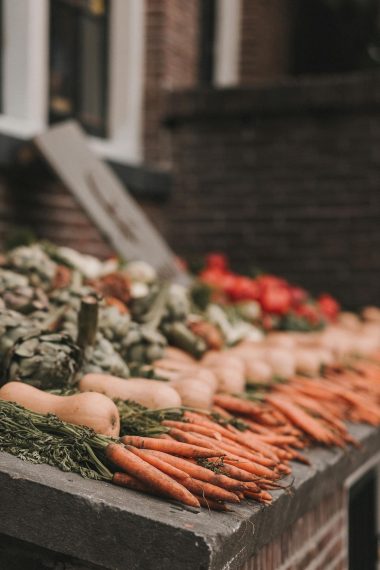Last Updated on April 18, 2024 by Ecologica Life
Imagine cultivating a thriving garden that not only beautifies your space, but also makes an active contribution to your community’s ecosystem.
Creating a sustainable garden is more than a hobby; it’s a powerful way to save water, energy, and foster a deeper connection with nature.
Here are some key tips to help you transform your garden into a vibrant, eco-friendly oasis that supports both local wildlife and global sustainability efforts.
Table of Contents
1. Choose Native Plants
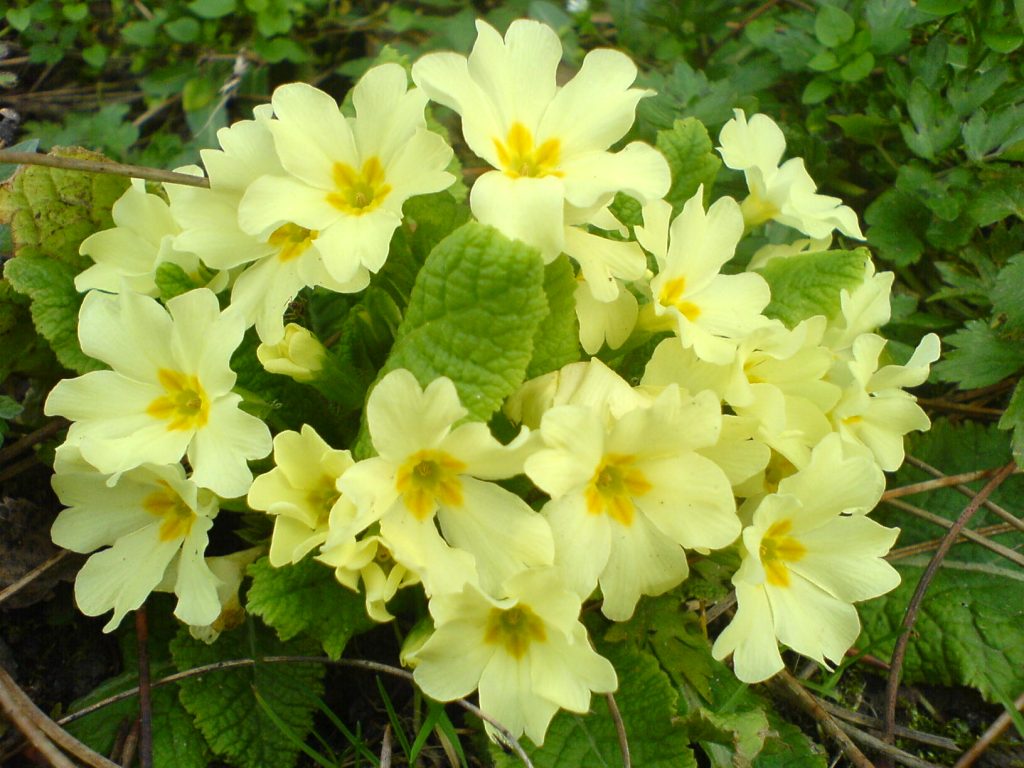
When choosing plants for your garden, choose native plants that are adapted to your local climate.
Native plants require less water and fertiliser, and they are more resistant to pests and diseases.
Native plants can also provide food and shelter for local wildlife, such as birds, butterflies, and bees.
2. Use Compost
Composting is a great way to reduce water use and create nutrient-rich soil for your garden.
Composting is the process of breaking down organic material, such as food scraps and garden waste, into a nutrient-rich soil amendment. Composting helps reduce the amount of waste sent to landfill and provides essential nutrients for your plants.
Start with a simple compost bin and add layers of green materials (like vegetable scraps) and brown materials (such as dried leaves or grass clippings).
For faster composting, consider a tumbler that can be rotated to mix materials efficiently.
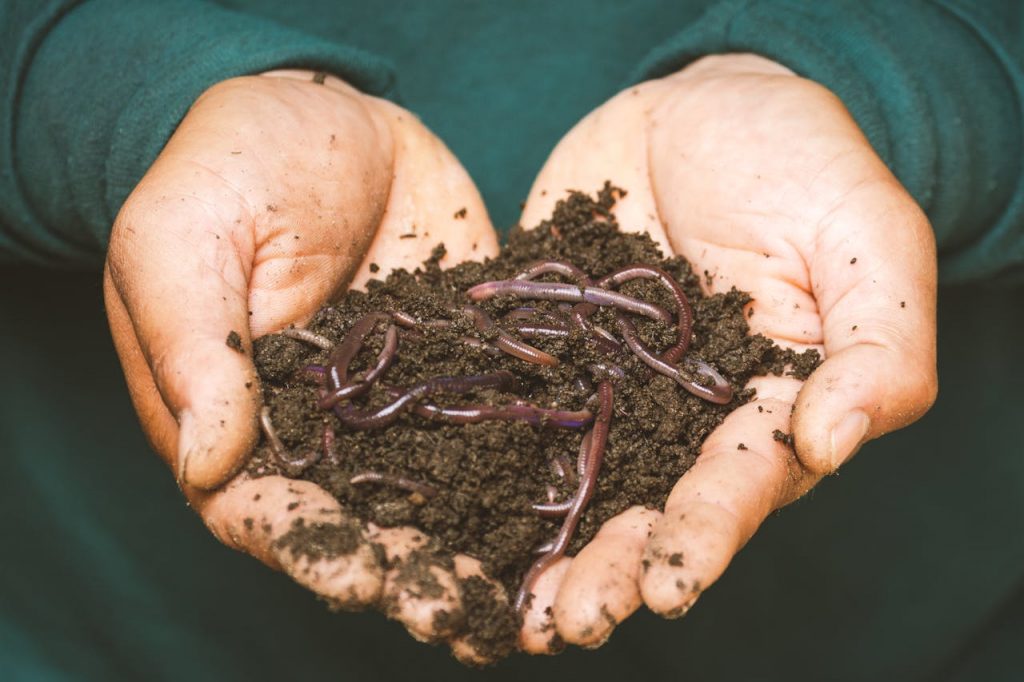
Vermicomposting, which uses worms to break down waste, is another great option for those with limited space.
Are Landfills Still Overflowing in 2024?
3. Water Conservation Techniques
Water is a precious resource, so it’s important to use it wisely in your garden.
One option is to install a rain barrel or water butt to collect rainwater for your garden.
You can also optimise water use with techniques such as drip irrigation or soaker hoses, which deliver water directly to the roots of the plant, minimising waste.
In addition, watering your garden early in the morning or late in the evening can reduce water loss through evaporation. Installing a rain garden or grouping plants with similar water needs can also help conserve water.1
4. Avoid Pesticides
Pesticides can be harmful to the environment and to your health. Instead of using chemical pesticide products, opt for natural alternatives such as companion planting and hand-picking pests. You can also attract beneficial insects to your garden, such as ladybugs and lacewings, which will help keep pests at bay.
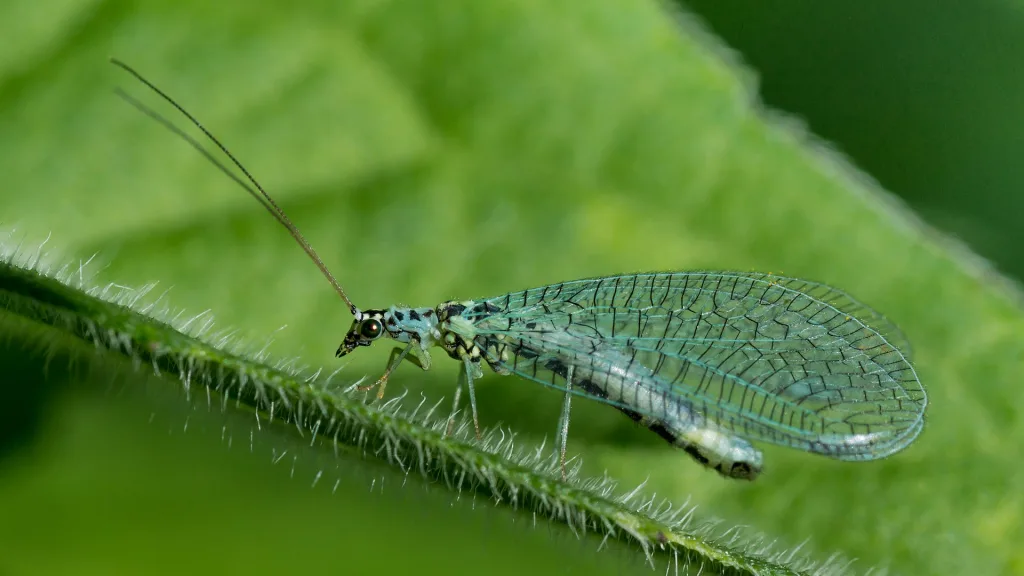
5. Sustainable Pest Management
This leads nicely into our next tip, sustainable pest management.
Adopt integrated pest management (IPM) strategies that use the least toxic methods first, such as barriers, traps, and manual pest removal.
Encouraging or introducing natural predators such as ladybirds and lacewings can help control pest populations.
Crop rotation and companion planting are also effective in naturally preventing pests and diseases.
6. Plant a Food Garden
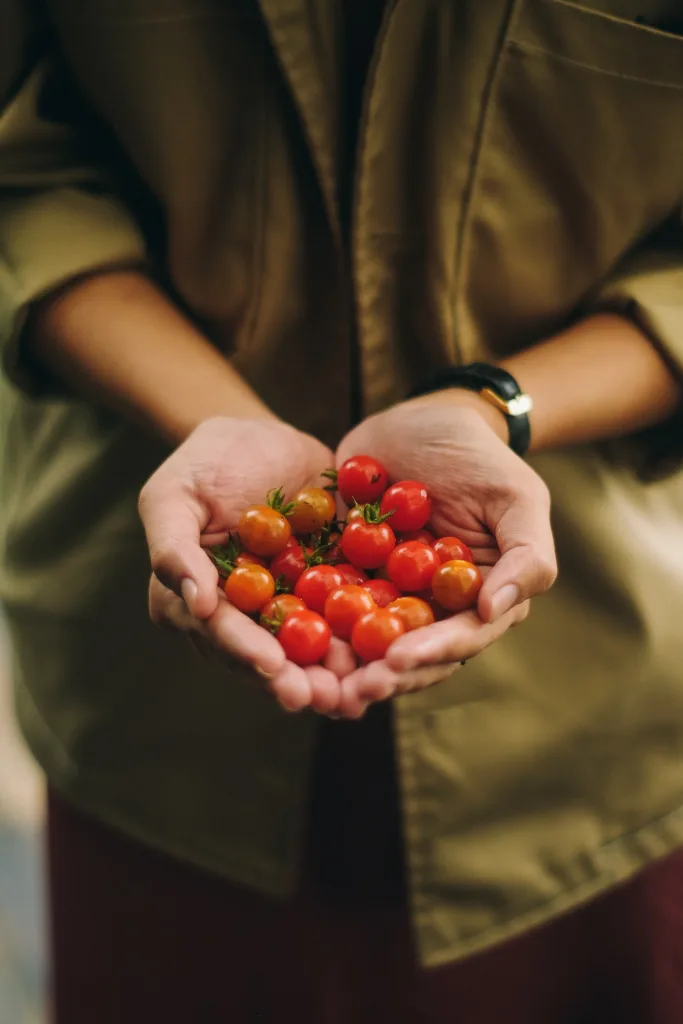
Growing your own food is a great way to be greener. Plant a vegetable garden and you’ll have fresh, organic produce at your fingertips. You’ll also save money on groceries and reduce the amount of energy used to transport food from the store to your home.
Food production is one of the oldest human practices. There is something satisfying about growing your own food.
You may be surprised at how much tastier home-grown vegetables are, and research has shown that a plant-based diet can reduce carbon emissions by 61%. This figure is even higher for those who grow their own fruit and vegetables.
7. Use Sustainable Materials
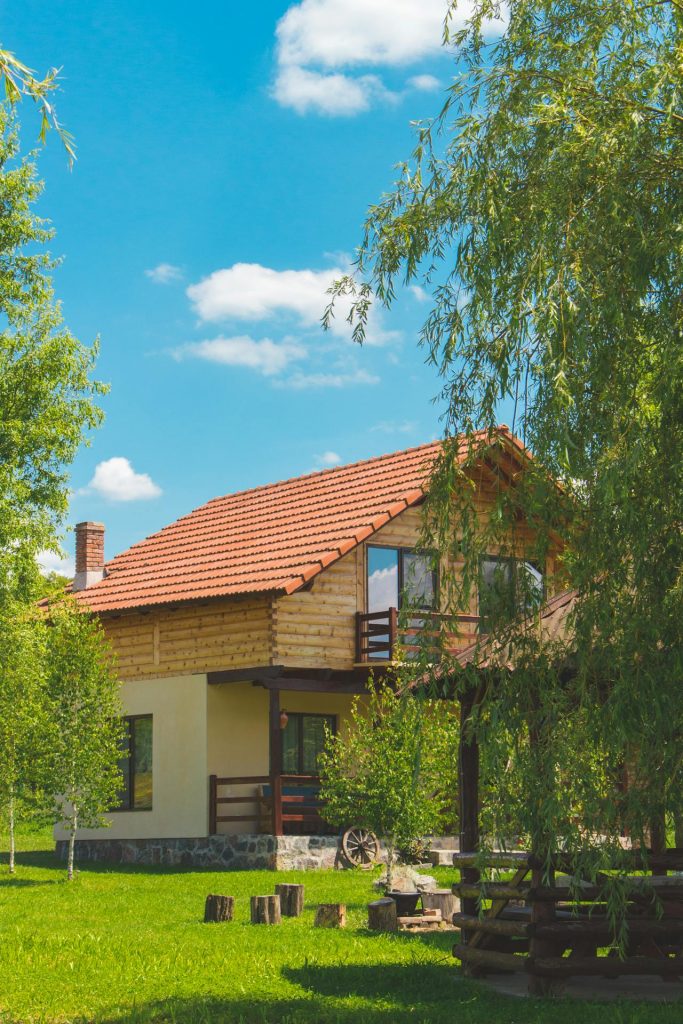
When building structures in your garden, such as raised beds and trellises, choose natural materials such as bamboo and cedar. These materials are more durable and require less energy to produce than traditional materials.
Be careful about using recycled plastic. Many people like to use plastic in their garden as a way of recycling. But over time, plastic can leach dangerous chemicals and millions of microplastics into your soil.
8. Soil Health Management
To ensure your garden thrives sustainably. focus on maintaining a healthy soil ecosystem. Regular soil testing for pH and nutrient levels can help you understand your soil’s needs.
Incorporating organic matter such as compost not only enriches the soil but also encourages biodiversity.
Encourage the presence of beneficial organisms such as earthworms and micro-organisms by avoiding synthetic chemicals. These organisms naturally aerate the soil and break down organic matter into nutrients that plants can absorb.
9. Seasonal Gardening
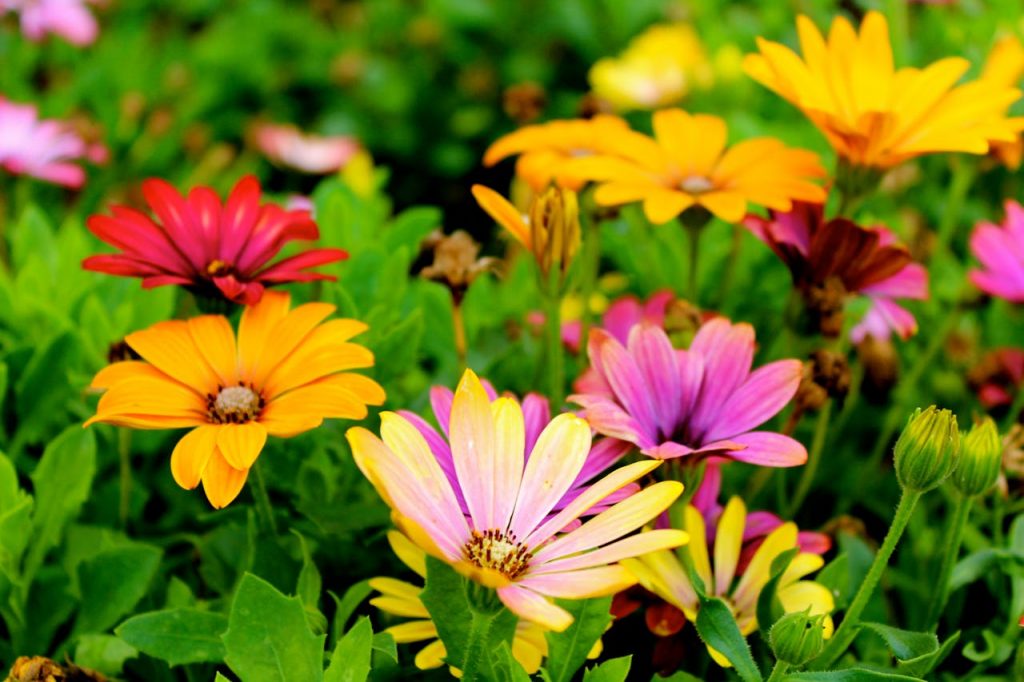
Aligning your planting schedule with the natural seasonal cycles can greatly improve the sustainability of your garden.
Seasonal gardening reduces the need for artificial heating or cooling. This results in lower energy use and a garden that is more in tune with its local environment.
10. Permaculture Principals
Permaculture is a design philosophy that mimics the patterns and relationships found in nature. It aims to create sustainable and self-sufficient gardens. Implement permaculture by designing your garden layout to use natural sources of sunlight and water.
Consider incorporating perennial plants to reduce disturbance in the garden and create a more stable ecosystem.
11. Pollinator-Friendly Gardening
Increase biodiversity and garden productivity by creating habitats for native pollinators. Plant a variety of flowers that bloom at different times of the year to provide a continuous food source.
Building bee hotels and creating butterfly ponds can attract and sustain these beneficial creatures, which are essential for pollination and the overall health of your garden.
12. Impact Assessment
To measure the effectiveness of your sustainable practices, keep records of water use, plant health, and biodiversity in your garden.
Monitoring changes over time can help you adjust your practices and further minimise your environmental footprint.
Tips to Reduce Your Carbon Footprint
Tools and Resources
Several tools and resources can help you on your sustainable gardening journey.
Mobile apps such as “Garden Manager” can track planting and harvesting times.
The book “Gaia’s Garden” by Toby Hemenway offers extensive information on permaculture.
Online forums and local garden clubs are also invaluable sources of support and advice.
By following these tips, you can create a beautiful, sustainable garden that you and your loved ones can enjoy for years to come.
Share your gardening progress and experiences in the comments section. If you have any pictures, post them on social media and tag us so we can see them!






